Years of California drought and other ever-present threats to infrastructure resiliency have spurred the city of Los Angeles to embark on a comprehensive planning effort that city officials and industry observers say is unprecedented in the U.S. in its scale and complexity. If successful, the plan will break down departmental silos and help government agencies and public stakeholders to tackle the city’s many daunting water issues.
“We understand the realities of climate change and earthquakes in Los Angeles, and we have to be ready,” says Mayor Eric Garcetti (D). “We need an integrated water strategy that increases local water supplies and improves water security.”
To achieve that goal, the city is developing One Water LA 2040, which will provide a framework for collaboration among city departments, regional agencies and public stakeholders to integrate management of the city’s potable water, stormwater, wastewater, recycled water and groundwater resources. Once finalized, One Water will encompass $10 billion to $20 billion in water-related projects that provide multiple benefits to the public.
Article Index:
Specific projects folded into the plan include $600 million to clean up and recharge the San Fernando Valley aquifer; boosting recycled water efforts through existing treatment plant expansions and new satellite plants; and various green infrastructure projects such as grassy swales and wetland parks that treat runoff while also benefiting local neighborhoods.
The multipronged planning team—led by the Los Angeles Bureau of Sanitation (LASAN), which oversees wastewater collection, conveyance and treatment and watershed protection, plus the Los Angeles Dept. of Water and Power (LADWP), the agency responsible for providing potable water to the city’s four million residents—believes that One Water will create a ripple effect throughout many facets of the city.
“Our top priority is no longer just water—it’s improving the quality of life. That’s a shift,” says Adel Hagekhalil, assistant director of LASAN. “Now, we are resource managers, social engineers and environmental and community stewards. We are talking about the economy, jobs and the vitality of the community.”
The plan, a draft of which will be released in January, builds upon the city’s Integrated Resource Plan (IRP). Proposed in 1999 and adopted in 2006 to develop wastewater infrastructure, the IRP boosts recycled water production and manages urban runoff through 2020.
Getting the right players suited up for the One Water team has been a critical component of the $10-million effort to extend planning through 2040. “Last time when the city developed the IRP, the project took seven years. This time, we had 18 months, and the world has gotten a lot more complex,” says Inge Wiersema, vice president and regional planning manager for Carollo Engineers, the prime consultant working with the city to deliver the plan. “We have climate change and other components that weren’t there before. We are embracing all water types in the plan, so the scope is more comprehensive than it was last time. It’s truly a ‘one water’ approach.”
Components of One Water also sprung from the city’s Sustainable City pLAn, issued by Garcetti in 2015, which calls for the city to source a majority of its water locally by 2035. Currently, L.A. imports 85% of its water from other sources, including the Sacramento–San Joaquin River Delta and the Colorado River. The sustainability plan also tasked the city with reducing average per capita water use by 20% by 2017, a goal the city already has met.
The sustainability goals provided clear guideposts for infrastructure planners to follow, says Radhika Fox, CEO of the US Water Alliance, a national nonprofit organization focused on advancing sustainable water policies and programs. “It’s really important as far as trying to organize all of the different public agencies that manage water and all of the stakeholder groups to have this big target that everybody is driving toward.”
Designed to be a living, dynamic blueprint, One Water will include a trigger-based implementation tool wherein, “if certain triggers happen—it could be growth, conservation levels, different regulations—the city will have a way to help them make decisions as to what to do next and the best strategy to achieve the goals set forth in the city’s sustainability plan,” Wiersema says.
Stakeholder Process
To ensure the roadmap considers ideas and input from a variety of sources, the city has included numerous layers of stakeholders throughout the entire development process. A 29-member steering committee includes representatives from more than a dozen city departments, ranging from Los Angeles World Airports to the L.A. Zoo, plus regional agencies such as Caltrans and Metro. In addition, water experts make up an eight-member advisory group that holds regular thought-leadership sessions. Broader stakeholder meetings involve well over 100 community organizations, activists and business groups. In addition, five special-topic groups provide input on elements such as cost-benefit analysis, communication and innovation.
“We want to have the communities and stakeholders involved in the planning and creation of the future of our infrastructure and water planning, not wait until the projects are done,” says Hagekhalil. “Our goal is to have this be a plan by the community, for the community. It’s not just us deciding. If they have buy-in, they will support what needs to be done. That’s a huge change in the culture.”
Ken Murray, chairman of environmental conservation group Wilderness Corps and a member of the advisory group, says he’s optimistic that the process will produce concrete results. “I have seen some remarkable efforts that have gone into getting the various different departments in the city to work in a rational direction in regards to water,” he adds.
Breaking Down Silos
One Water’s success depends upon the ability of different agencies to work together to identify and move forward on projects that provide maximum benefit to ratepayers and the public. With government entities sometimes slow to adapt, this is easier said than done.
“The ecosystem of water management in this country is very siloed,” Fox says. “Our entire policy, regulatory and funding environment grew up in these stovepipes of managing drinking water, stormwater and wastewater [separately].” In addition, situations such as what happened with the water system in Flint, Mich., have “eroded public trust in water systems,” she adds.
Recognizing these challenges, the program offers collaboration strategies intended to foster communication between water agencies. “People need to have a safe space outside their silos where the one-water approach can really take place,” says Wiersema.
Other U.S. cities have attempted to cut across traditional silos to encourage collaboration. For example, Philadelphia is in the midst of a program to revamp much of its water infrastructure and streets to incorporate more green elements. “When I think about what L.A. is trying to do, I definitely think they’ve learned from and are integrating successful models from different places. Philadelphia has a great program, heavily focused on green infrastructure,” Fox says. But by incorporating all types of water and wastewater into their plan, Los Angeles recognizes how interdependent those systems are, she adds.
One Water won’t provide an overarching capital improvement program for the entire city. Individual departments still have their own responsibilities and mandates. Instead, the plan will focus on projects that maximize integration opportunities. “Taxpayers don’t want to hear about silos. They expect us to all work together for the greater good,” Garcetti says.
Planners also examined numerous policies that may impede cooperation. “It’s a moving target. But through the One Water plan, we are trying to address policies that will help us better integrate projects and work together while still being able to achieve our individual missions as departments or divisions,” says Lenise Marrero, environmental engineer with LASAN.
The program will feature a cost-sharing framework so multiple agencies can agree on which funding avenues to pursue. “Lining up budgets and grant funding is something that’s been a big evolution for us as we go,” says Marty Adams, senior assistant general manager with LADWP. “We don’t want the situation where someone’s building a project and grant funding that could be available is not available at that time.”
Delivering the Goods
Along with reams of documentation as part of the draft plan’s release in early 2017, Carollo Engineers also will provide the city with a mass balance model. The dynamic tool tracks the flow of all types of water through the city’s complex overlapping infrastructure systems and will enable planners to play what-if scenarios by turning proposed projects on or off to see what impact that may have. For example, via the main dashboard, users can add a stormwater-capture project and divert it into the wastewater collection system to see how making more water available in treatment plants for recycling affects the overall goal to reduce imported water usage.
The tool also can run multiyear hydrological cycles, such as ongoing drought, with different packages of projects to test resiliency. “We also built in capital and operation and maintenance costs so you instantly can see, if you take this strategy, it’s going to cost the ratepayers that amount,” Wiersema says. “In the end, it’s trying to find a balance with costs and overall benefits.” The plan also will include a comparative rating system for potential water projects to help the city make decisions about which projects should be pursued and which shouldn’t be.
After the draft is released, the One Water plan will go through several months of approvals. Meanwhile, staff will begin prepping programmatic environmental impact reports.
As the cost of imported water rises, One Water’s approach to boost local water production through wastewater recycling, stormwater capture and groundwater recharge becomes the most viable economic solution, says David Nahai, adviser group member and former LADWP general manager. “But if we don’t take these steps and this drought turns into a long-term severe drought, we may find ourselves with no choice but to pursue much more expensive, energy-intensive and environmentally impactful solutions because we will be in an emergency situation.”
|


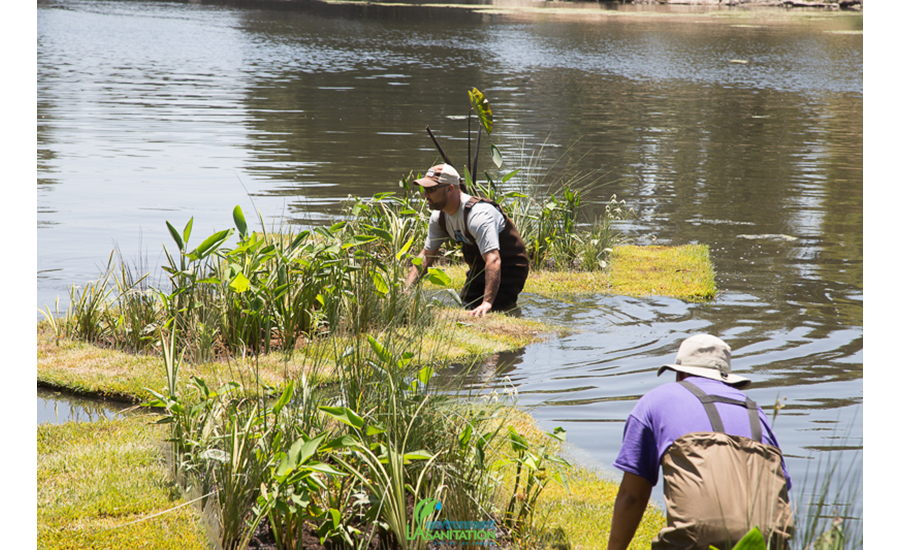

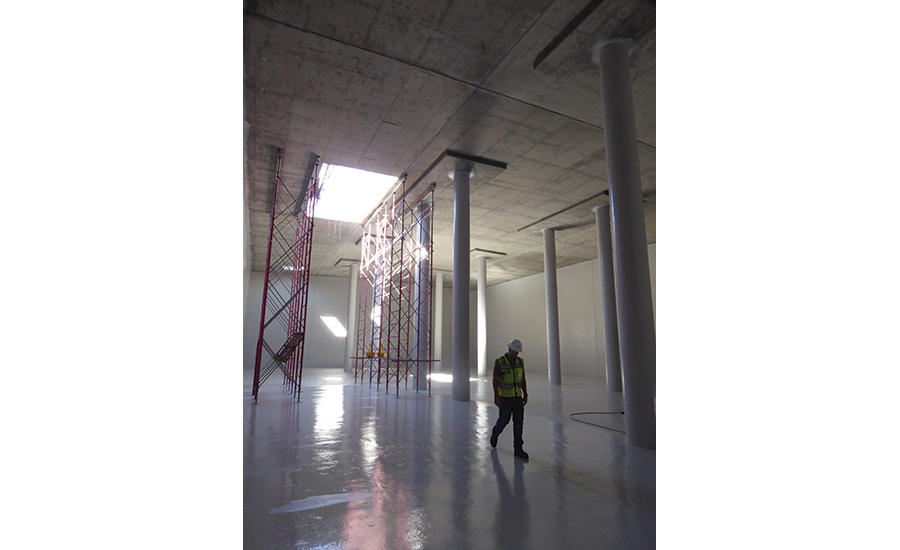
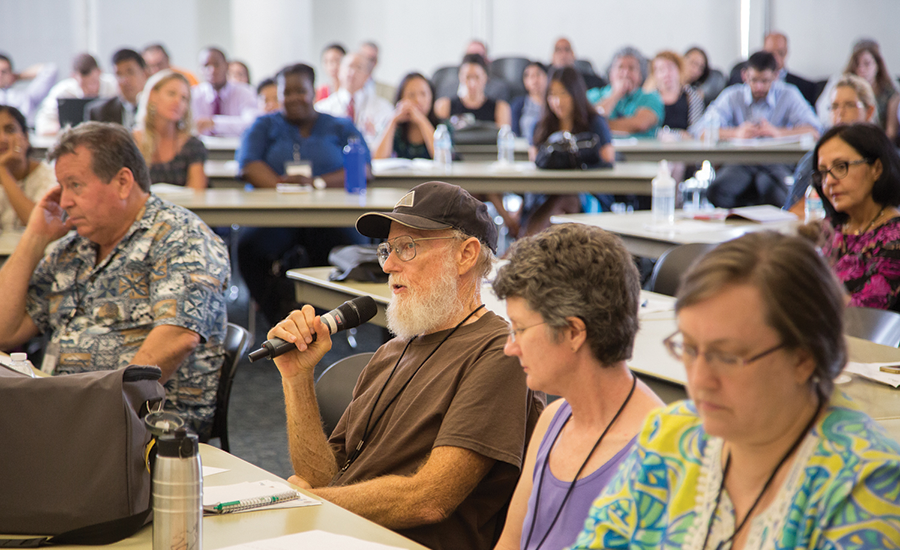
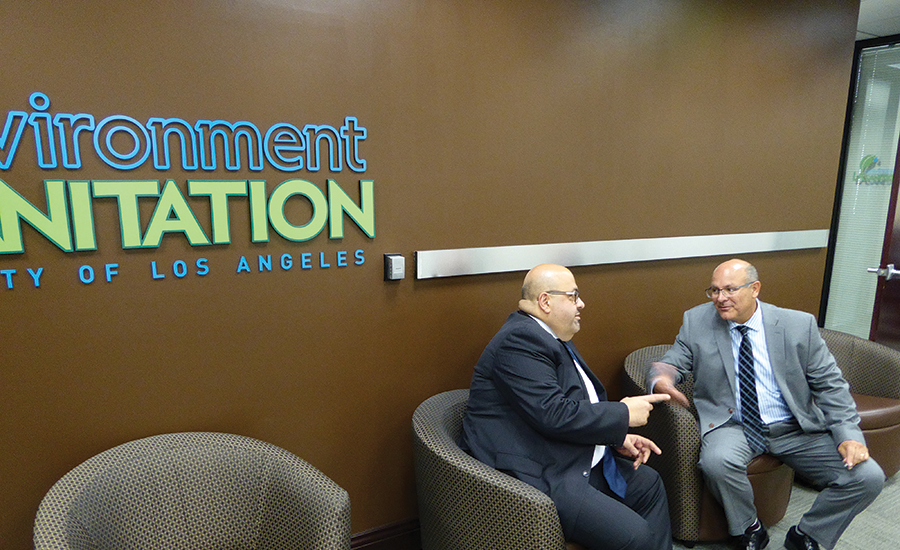



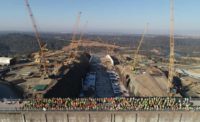
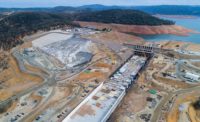
Post a comment to this article
Report Abusive Comment